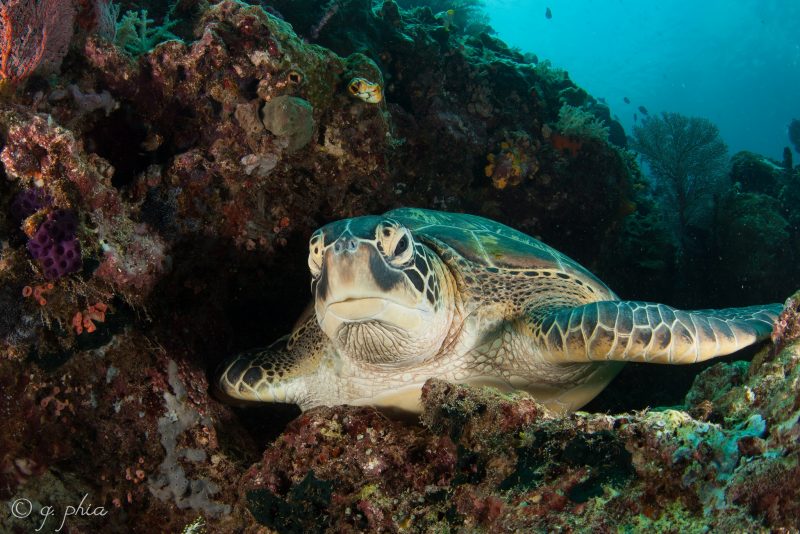
Off the coast of the Yucatan Peninsula in Mexico, a novel insurance scheme is changing the ways communities and businesses value and protect ocean ecosystems. The idea is as simple as it is new: insure the coral reefs that protect the coastline, and use the insurance payments to restore them after storms.
Healthy coral reefs are natural defences against hurricanes, storms and waves, helping to lessen the damage to homes, towns and businesses when extreme weather strikes. In 2005, two hurricanes struck the Cancun coast, causing $8 billion in damages – but areas with intact reefs suffered significantly less damage. However, hurricanes can rip away parts of the reefs, killing or damaging coral and leaving beaches undefended. Reefs may lose between 20–60% of live coral cover after a category 4 to 5 hurricane.
Recognising this, the Coastal Zone Management Trust was launched in 2018 to protect Quintana Roo’s coastal reefs, and thereby protect businesses and economies from storm damage. Funded through taxes from the tourism industry and philanthropic donations, the trust directs maintenance and restoration projects along a 60km strip of coastline, and maintains an insurance policy on the reef – the first natural infrastructure to be so insured. In the case of severe weather or storms, the insurance policy pays out to cover fast-action restoration activities that help the reef ecosystems rapidly return to full health and continue to protect the coastlines.
Impact
The scheme has already attracted considerable media attention, and the insurance model it is based on – parametric risk assessment – is being increasingly considered by governments in Latin America and the Caribbean to protect against natural disasters.
The potential is considerable. The Mesoamerican coral reef protects the most important tourism hub in Mexico, the Riviera Maya, which receives more than 10 million tourists per year and generates USD 10 billion annually. But this vital sector is increasingly at risk from climate change, which is increasing the frequency and severity of severe weather in the region. Storms can devastate hotels and tourist industries for long periods, cutting off income and employment until they can be repaired. Healthy reefs are the first line of defence against such weather – intact coral can absorb up to 97% of incoming wave energy; conversely, a one-meter loss on reef height may double the cost of damage when severe weather strikes.
Challenges and lessons
The Trust became operational only in 2018, and thus is still in its early days. As yet, the insurance scheme has not been triggered by extreme weather, and tax revenues and insurance pay outs are still being finalised. This innovative funding system will help to protect a $10 billion tourism industry; bolster economic resilience of the region; encourage conservation of a valuable natural asset; and create a scalable new market for the insurance industry—a model which could be applied to other regions and ecosystems. The Coastal Zone Management Trust could demonstrate how public and private capital can be used to protect natural infrastructure that shelters human communities.
Sources
Introduction to the scheme from the Nature Conservancy
Factsheet and important information
Coverage from Swiss Re (one of the insurers) and NBC


